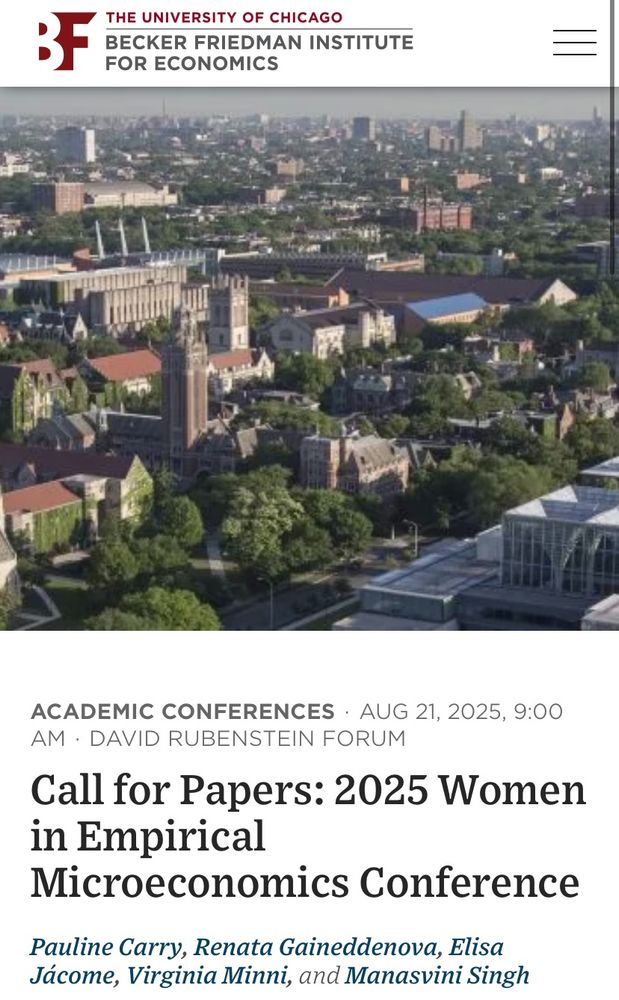Pauline Carry
@paulinecarry.bsky.social
330 followers
150 following
14 posts
Labor economist at Princeton University.
https://www.paulinecarry.com
Posts
Media
Videos
Starter Packs
Reposted by Pauline Carry
Pauline Carry
@paulinecarry.bsky.social
· May 16
Reposted by Pauline Carry
Reposted by Pauline Carry
Pauline Carry
@paulinecarry.bsky.social
· Dec 19
Pauline Carry
@paulinecarry.bsky.social
· Dec 19













